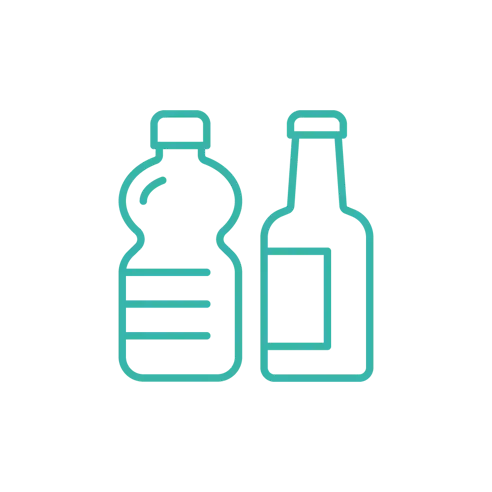The Engine Behind Our Strategy
Operating Model
Our Operating Model is about turning strategic thinking into action and delivering results. It defines how we are organized, how we work, and how we stay ahead to ensure future growth—enabling and supporting our Growth and Value Creation Formula.

Organizational Structure
We are a multi-beverage company operating with a decentralized structure that empowers our local teams, tailored to meet the preferences of local consumers and customers. This approach gives us speed, agility, and strong market ownership.
At the same time, a lean central setup with global Group functions in areas like procurement, IT, partnerships, and finance allows us to benefit from scale and manage the business through shared systems like performance management and ERP.

Value Chain
It is crucial for us to maintain a stable supply of key ingredients and packaging materials such as barley, water, sugar, and cardboard. We are also committed to improving the climate, environmental, and social footprint of our products. To achieve this, we work closely with our suppliers to reduce our impact, and they are required to adhere to our Code of Conduct and ethical guidelines. We also collaborate with customers, partners, and local communities to promote sustainable practices like reuse, recycling, and the consumption of no/low alcohol and no/low sugar products.
We operate 21 production sites across 10 countries, where most of our products are manufactured. All beverages are primarily filled in cans, kegs, glass, or PET bottles using shared filling lines. Trading products such as wine, snacks, and teas are not produced by Royal Unibrew.
On the commercial side, our multi-beverage platform creates strong synergies, as one salesforce can handle all products. This allows the sales team to dedicate more time to customer relationships and in-store execution.

Route-to-Market
Getting our products to customers and consumers efficiently is central to our Operating Model. We aim to optimize product availability through our well-established distribution network while maintaining high quality standards to enhance customer satisfaction.
In most of our multi-beverage markets, we operate a direct distribution model, enabling a seamless and timely flow of products from our warehouses directly to retail outlets, bars, restaurants, convenience stores, or our customers' central warehouses.
In our multi-niche markets, we optimize the route-to-market through a combination of own direct distribution and distribution partners and wholesalers. In our International business segment, we primarily sell directly to distributors who manage in-market distribution.

Products and Brands
Our multi-beverage model spans all relevant categories where products can be stored at ambient temperature, providing scalability advantages across the value chain. We operate in both non-alcoholic and alcoholic segments, aiming to offer both no/low sugar and no/low alcohol options.
We build iconic local brands and complement them with leading international names via licensing. We also offer selected traded products such as wine, snacks, and tea—sourced externally to meet customer demand.
All categories benefit from our scalable setup, with shared production lines and a unified salesforce covering the full range, allowing us to deliver high-quality execution and strong commercial impact. We aspire to attain a market-leading position within the categories we operate in. This aspiration applies to each of the markets where we are present.



